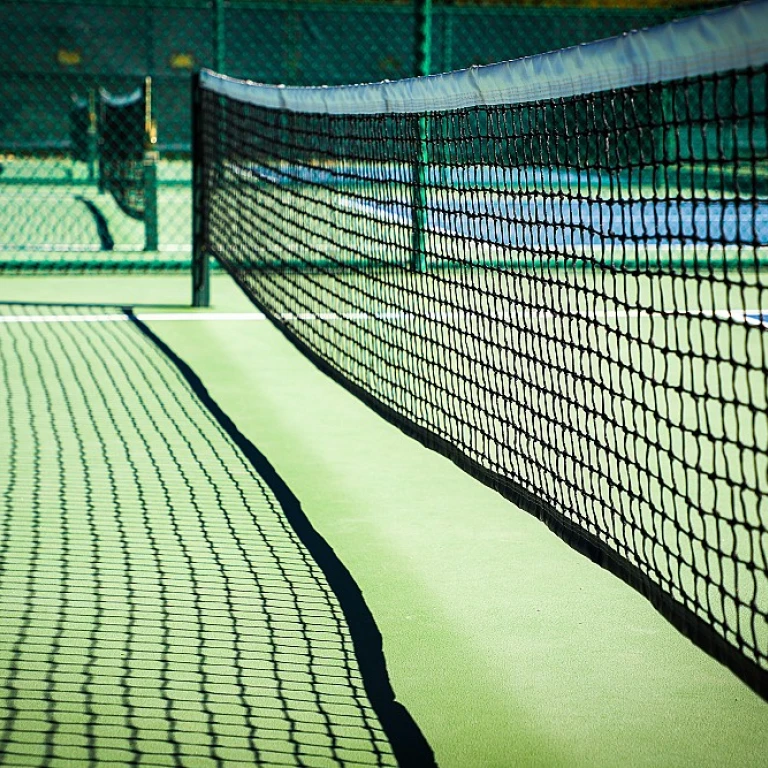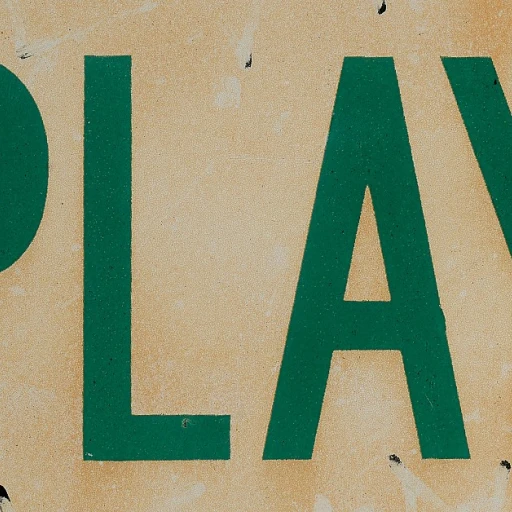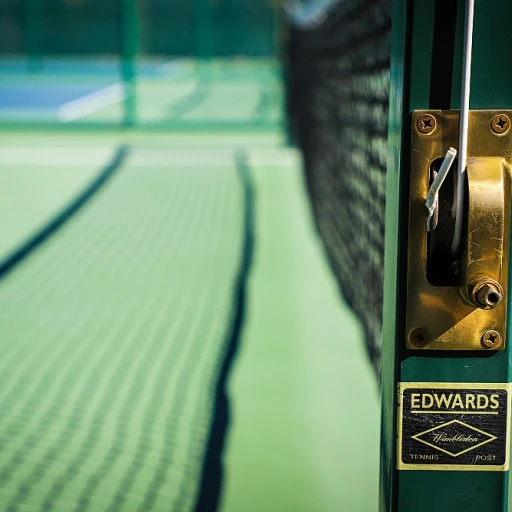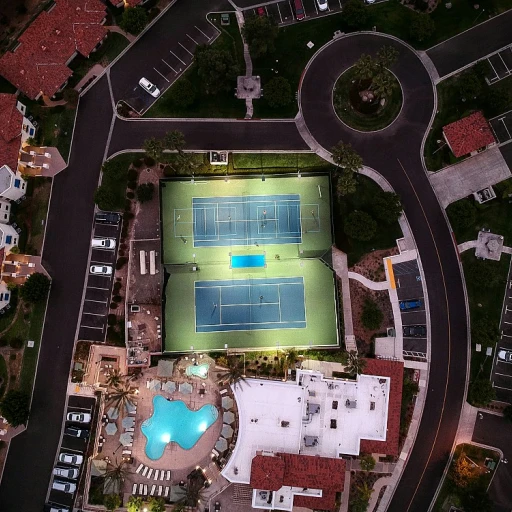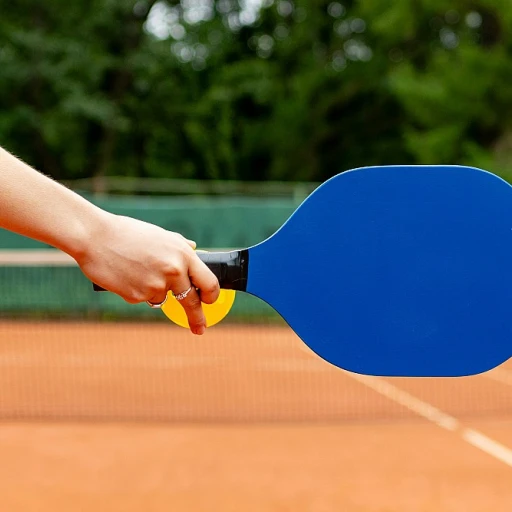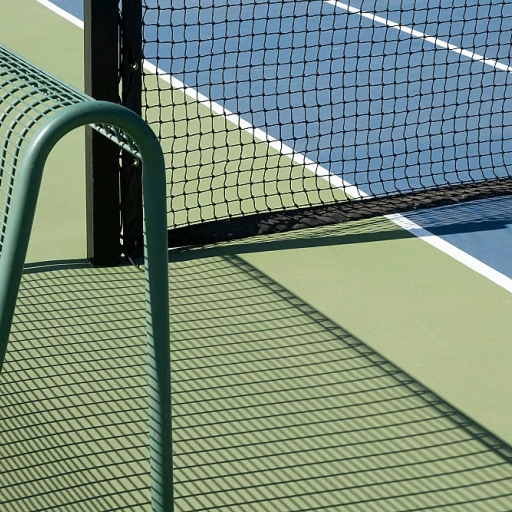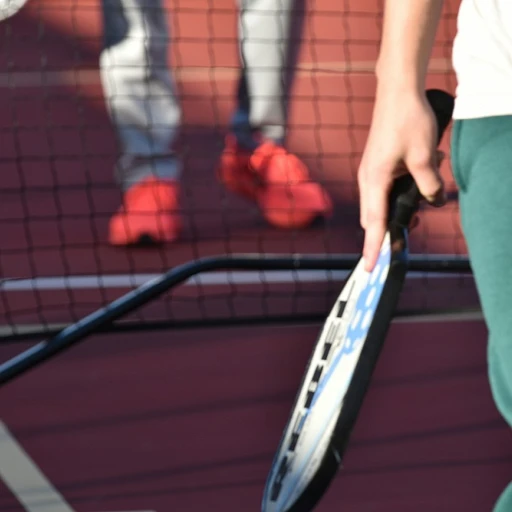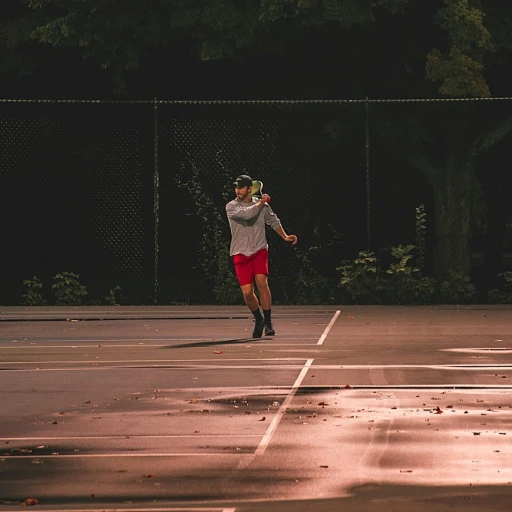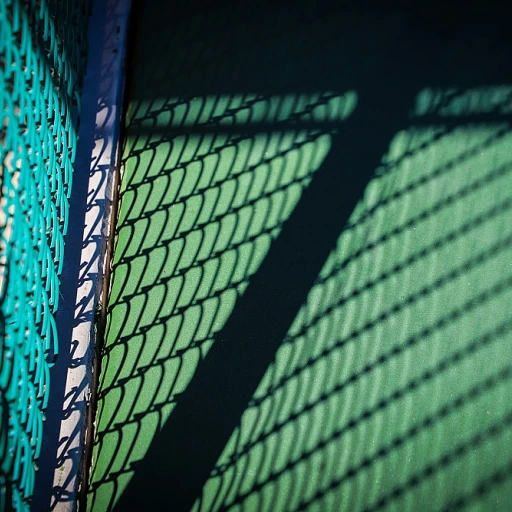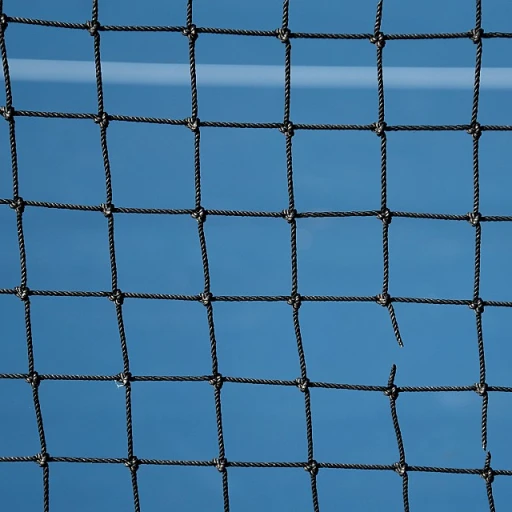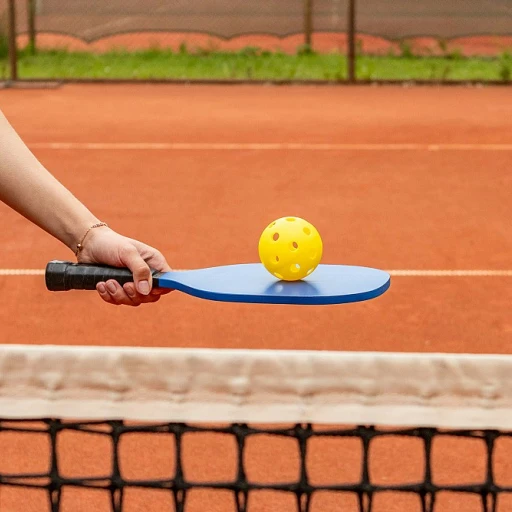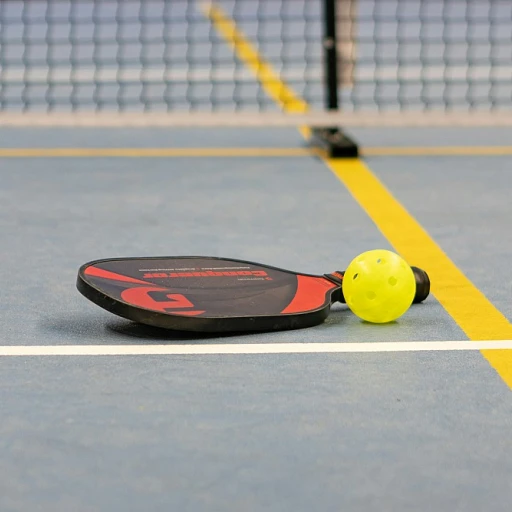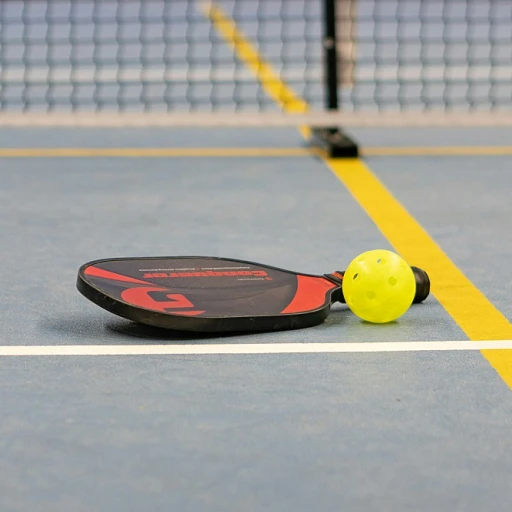
Understanding the Basics of Pickleball Paddle Grips
Unveiling the Mechanics Behind Effective Pickleball Paddle Grips
Understanding the fundamentals of pickleball paddle grips is essential for any player keen on refining their game. Acknowledging the significance of the grip can dramatically influence your control, power, and ultimately, effectiveness on the court. Different grips are harnessed to enhance particular aspects of play, whether it’s achieving better power, precision, or comfort during extended matches.
The dynamics of holding a pickleball paddle can be compared to other racquet sports like tennis, with variations such as the continental, eastern, and western grips. For new players, it might be beneficial to start with a neutral grip to maintain control while you explore other gripping styles that suit your play style.
Every grip possesses its unique advantages:
- Continental Grip: Often used for versatility and control, especially effective for backhand shots.
- Eastern Grip: A popular choice for many players due to its balance between power and control. Typically familiar to players transitioning from tennis.
- Western Grip: Known for generating heightened topspin, advantageous for aggressive players looking to dominate with powerful shots.
Mastering the way you hold your paddle is paramount not only for power but also for precision and maintaining stamina throughout your game. As you develop your understanding of these grips, consider exploring resources on crafting your perfect pickleball paddle to further enhance your gameplay experience.
Choosing the Right Grip for Your Play Style
Finding Your Best Fit for Grip Style
Understanding how the grip impacts your pickleball game is essential. The type of grip you choose can significantly affect your shots, power, and control. Pickleball players often explore different grips to find what suits them best.- Eastern Grip: This is akin to the grip used in tennis, offering a balance of power and control. The paddle face is slightly open, making it versatile for forehand and backhand shots, particularly for beginners.
- Continental Grip: Often referred to as the "shaking hands" position, this grip is popular due to its neutral stance. It allows players, whether left-handed or right-handed, to easily transition between different shots without altering the grip. It's also beneficial for top spin and slice shots, providing power control crucial in competitive games.
- Western Grip: Less common in pickleball, it’s mainly used for high topspin shots. This grip provides excellent power but may limit versatility, making it a choice for specific playing styles.
Step-by-Step Guide to Holding a Pickleball Paddle
Mastering the Basics of Holding
To attain power and control in your pickleball game, mastering the grip you use on the pickleball paddle is crucial. While there are many grips available, understanding the nuances of how to properly hold your paddle can enhance your shots immensely. Whether you are a seasoned player or a beginner, the technique is key.
Start by shaking hands with the paddle as if you are greeting an old friend; this neutral grip serves as a foundation for many players. With your hand wrapping comfortably around the handle, you'll want to adjust according to your play style and the type of shots you wish to make, whether that be forehand or backhand shots.
Adjusting for Power and Control
Use your continental grip or eastern grip to finesse the game, focusing on grip pressure. By applying the right amount of grip pressure, you ensure the paddle face maintains optimal alignment with the ball. This balance aids in achieving the best mix of power and control, essential for delivering top-notch shots on the court.
For added versatility and to experiment with different grips like the western grip, try varying the intensity of how you hold pickleball paddles. Utilizing a lighter grip can be advantageous for shots requiring more spin or finesse, while a firmer grip might be suitable for delivering more forceful strikes.
Consider Handedness and Technique
Bear in mind the handed nature of many pickleball players, as left-handed players might need small adjustments in their approach due to differing wrist dynamics. The key is to find what grip best matches your natural hand orientation and grip style. Adjusting grip during the heat of the moment can facilitate quick shifts in your play strategy.
Exploring accessories can also enhance your grip efficiency and comfort. For those seeking deeper insights into choosing the ideal gear for your needs, considering the right pickleball paddle bag might provide additional benefits.
Common Mistakes in Paddle Grip and How to Avoid Them
Common Missteps in Paddle Gripping Technique
Mastering the grip of a pickleball paddle involves understanding not just how to hold a pickleball paddle but avoiding the pitfalls many players encounter. One frequent mistake is applying too much grip pressure. Over-tightening your hold can reduce the power and control of your shots. The key is to maintain a relaxed yet firm grip, akin to shaking hands with your paddle.
Another blunder is not employing the appropriate grip style for different situations. Many players stick to one grip regardless of the shot, but varying grips can significantly enhance performance. Continental, eastern, and western grips each provide distinct advantages. Understanding when to use each can elevate your game. For instance, the continental grip offers a versatile choice for most scenarios, while the eastern grip is often preferred for forehand backhand transitions.
Additionally, failing to adjust the paddle face angle is another common oversight. Keeping the paddle at a neutral grip is suitable for many backhand shots, but slight adjustments can greatly impact the trajectory and power control.
Left handed players can sometimes struggle with adapting grip techniques designed for right-handed players. The same principles apply, but a conscious effort in learning grip orientation is crucial for maximizing performance. Considering a paddle like those offered by Selkirk can also aid in developing the grip that works best for your style.
By recognizing these common mishaps and refining your grip, you can substantially improve your pickleball skills, achieving greater consistency and effectiveness in your play.
Enhancing Your Grip with Accessories
Elevating Your Hold with Accessory Additions
Accessory choices can significantly influence your pickleball game by enhancing your grip. To ensure a firm but flexible hold, consider the following:- Grip Tapes: A staple for many players, grip tapes offer an extra layer between your hand and the paddle handle. They not only provide added comfort but also absorb sweat, maintaining optimal grip pressure even during intense matches.
- Overgrips: An alternative to grip tapes, overgrips can be wrapped over your existing grip. Ideal for both novice and experienced players, overgrips extend the life of your pickleball paddle's handle while ensuring consistent control.
- Cushion Grips: For those seeking power without sacrificing comfort, cushion grips can be a great addition. They add thickness and absorb shock, reducing hand fatigue during prolonged play.
- Humidity-Control Grips: In warm, humid conditions, these grips are beneficial for maintaining a steady paddle hold. They keep your hand dry, thereby optimizing forehand and backhand shots.
Adapting Your Grip for Different Shots
Modifying Your Grip for Various Shot Techniques
Adjusting your grip based on the type of shot you're executing can dramatically influence the effectiveness of your play, whether you're a fan of the continental grip, eastern grip, or even attempting a western grip. Knowing when and how to adjust can mean the difference between a powerful smash or a subtle drop shot. 1. Forehand and Backhand Dynamics:- While the forehand generally requires less alteration in grip, adjusting the angle of the paddle face can provide more top spin.
- For backhand shots, many players find that slightly rotating toward a continental grip offers better control.
- To add power to your drives, increasing grip pressure is crucial. However, be cautious not to grip too tightly as it can reduce flexibility and control.
- Loosen your grip pressure when attempting a drop shot. A softer hold allows for better finesse.
- Use an eastern grip stance to help generate spin, controlling the ball's trajectory and making it unpredictable for your opponent.
Tooling Your Technique
Remember, the key is flexibility. Players who can fluidly change between grips during a fast-paced game often have an edge over those who remain rigid.- Experiment with different grips during practice to determine which offers the best feel and control for various scenarios.
- Observational techniques help; watch other successful players and notice how they adapt their grip for different parts of the game.

